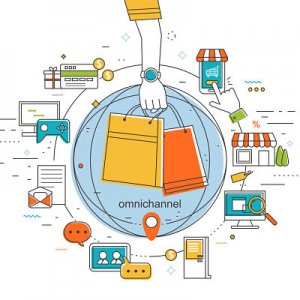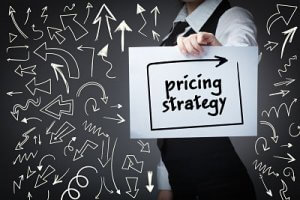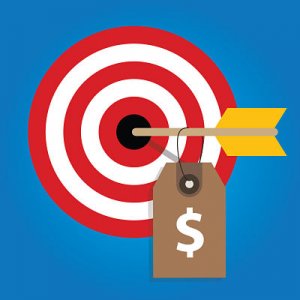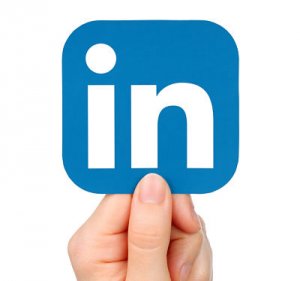Is marketing dead?
July 3, 2018
I just finished a fascinating book, Killing Marketing: How Innovative Businesses are Turning Marketing Cost into Profit, by Joe Pulizzi and Robert Rose. Joe and Robert are the creators of the mega-conference Content Marketing World, and Joe has written other books like Content Inc, Epic Content Marketing, and Managing Content Marketing.
Catching a theme?
The core message of their book is acknowledging that the marketing world, as we have known it since the dawn of the big three (print, radio, and TV), is our past and that marketing doesn’t have to be just a cost center anymore. When done well – brands can actually create a profit center from their marketing efforts. Instead of your marketing requiring additional financial resources – what if it generated new dollars? We’ve all heard the idea that brands should become media companies. You may not want to take your company quite that far. But wouldn’t you like to make money with your marketing efforts?
Let’s take a step back before we look at the future. Traditional marketing has been primarily advertising – the renting of space on someone else’s channel to earn attention, brand awareness and alter the consumer’s behavior. Even PR falls under that description. Instead of buying an ad, the brand or their agency would pitch their story to the editorial side of the advertising channels. Their goal was to have a story written about them or their offerings that would create the same results as paid advertising would have generated.
Along came the Internet and suddenly consumers found their voice. Until that shift, they’d been our silent audience. But as it became easier to share opinions on message boards, forums, social media channels, websites and review outlets, they got louder and louder.
Initially, as a defensive mechanism, brands began using the Internet too – creating content to fight for search engine position and to balance the consumers’ voice. But the brands discovered what probably seems to you as a very simple marketing truth – that when the brands provided valuable content and helpful information, the consumers would create a connection and magnify the brand’s reach by sharing the content and inviting others in.
On a mega-level, this is what Johnson & Johnson has done with BabyCenter.com. What started as a simple extension of their core website, it now reaches more than 45 million parents a month across the globe and offers their content in nine different languages. Eight of every ten U.S. mothers use BabyCenter.com.
Odds are your goals aren’t quite so lofty. Which is awesome because that means you can replicate your version of the results faster and with a smaller level of investment. The Internet and digital content have leveled the playing field. It’s why small brands like BigPoppaSmokers.com have crushed their competition, stolen the market share of much bigger companies and have created a brand that garners incredible amplification of their value from the consumers who love them.
The book isn’t suggesting that you abandon your core business model and become an organization that generates revenue the way a traditional media company does. Nor is it suggesting that you should abandon your paid and earned media efforts. For most organizations, there will always be a benefit to those channels.
But what the authors are suggesting is that businesses today also need a profit-generating, owned media strategy that will give you an unfair competitive advantage.
Next week, we’ll explore some of the suggestions the book offers that seem reasonable for small to mid-sized organizations to experiment with as they build out a marketing strategy and budget. Based on the book, you just may want to shift some of your dollars to some new avenues.
More










